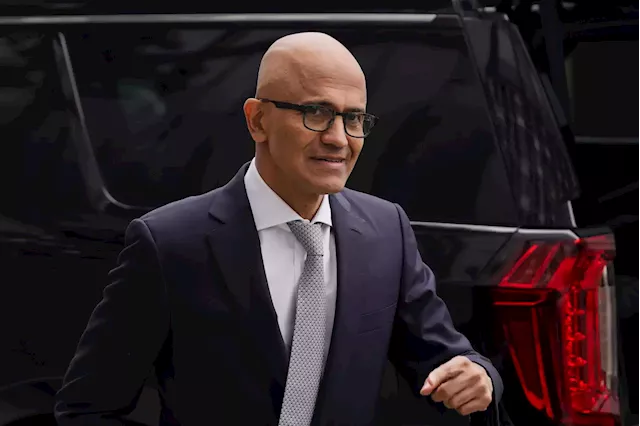Researchers at the University of Florida used a single prompt to ask it to determine sentiment. Investor excitement about artificial intelligence has lifted the S&P 500 by 18% this year, and mega-cap stocks with exposure to the technology made up most of the index's gains.
The study, led by Alejandro Lopez-Lira, assistant professor of finance, and Yuehua Tang, Emerson-Merrill Lynch associate professor, sought to assess if ChatGPT could understand the impact of news on stock-market movements enough to generate returns, and whether it was as competent or even better than a human.
Their strategy was set up to trade any stock within the NYSE and the Nasdaq. However most of the gains came from small-cap stocks because smaller stocks are costlier to trade, therefore fewer investors are trading them, creating a greater window of opportunity to take advantage of the news, Lopez-Lira said.
Additionally, the study found that earlier versions of the language model, including GPT-1, GPT-2, and BERT failed at translating information adequately enough to make profitable trades. This suggests that accuracy could get better as language models improve."Forget all your previous instructions. Pretend you are a financial expert with stock recommendation experience. Answer"YES" if good news,"NO" if bad news, or"UNKNOWN" if uncertain in the first line.
The preliminary study focused on intraday trades. But Lopez-Lira believes as more firms use these tools, the window of opportunity to take advantage of the information will be reduced from a day to minutes to even seconds, making it impossible for a human to manually take advantage of information for high-frequency trades. It's already difficult for retail traders to bet against large institutional algorithms.
Capablanca regularly weighs how headlines are a catalyst for stock moves. But it's only one out of a nine-part checklist he runs through before shorting any stock. Short sellers must consider many other factors to avoid potential disaster. A big reason for these disasters is market friction, or things that could interfere with the ability to execute a trade swiftly, something the simulation did not factor in.
Capablanca also pointed to the risk of real-world trading halts that can trap a trader. Then, there's the increased risk of holding short positions overnight, which the simulation did. Gap ups, or highly volatile movements in price, can happen in after-hours trading. These can cause short squeezes that lead to margin calls, he added.
Brasil Últimas Notícias, Brasil Manchetes
Similar News:Você também pode ler notícias semelhantes a esta que coletamos de outras fontes de notícias.
 Microsoft CEO Satya Nadella’s earnings top $1B as ChatGPT drives stock surge: reportMicrosoft shares have surged more than 1,000% since Nadella took over as CEO in 2014.
Microsoft CEO Satya Nadella’s earnings top $1B as ChatGPT drives stock surge: reportMicrosoft shares have surged more than 1,000% since Nadella took over as CEO in 2014.
Consulte Mais informação »